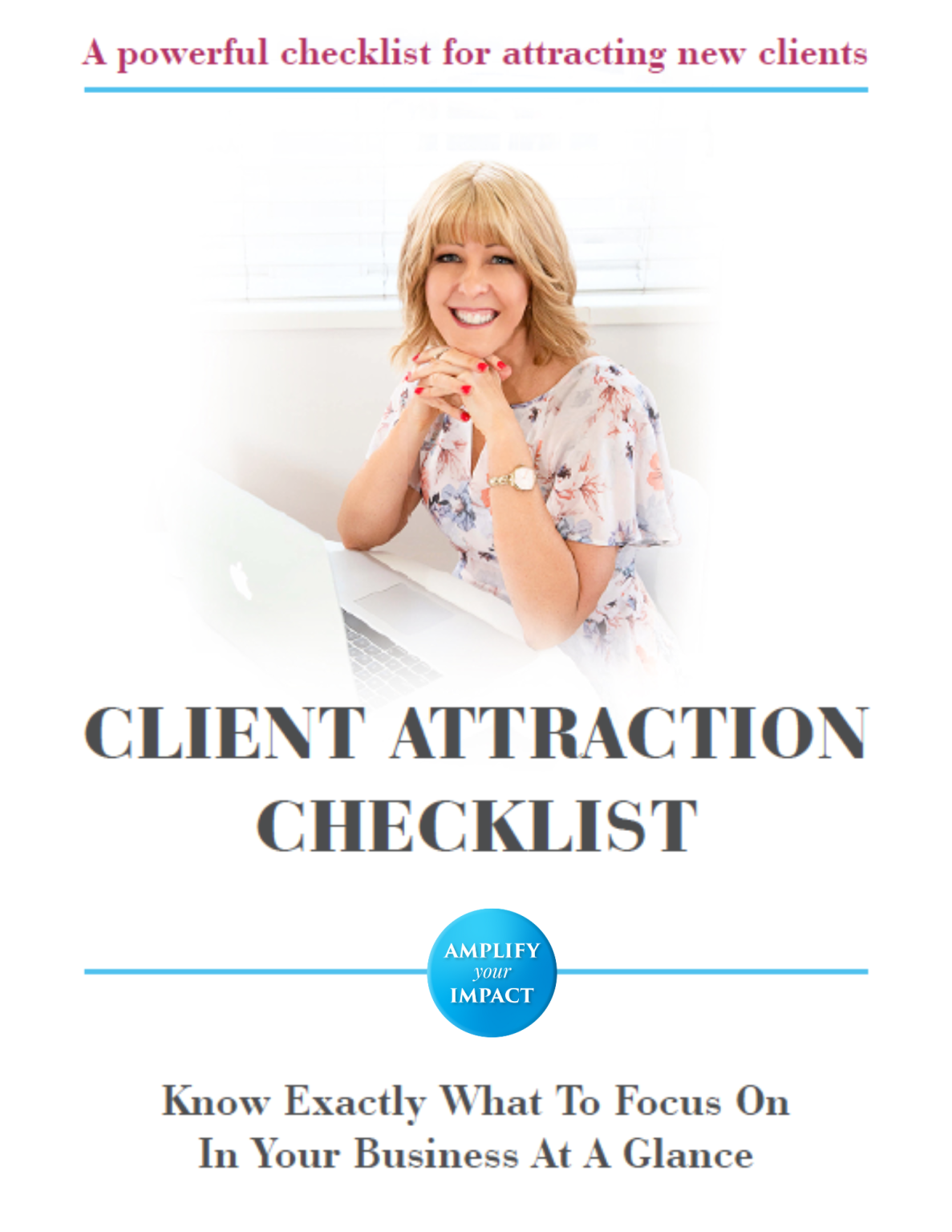In part 1 of this 3-part blog series, I posed three questions that are useful to ask yourself if you're thinking of becoming a coach.
In part 2, I shared 7 reasons why it's an amazing time to become a coach.
So, you've decided you want to be a coach. Where do you start? Here are 7 steps.

Step 1. Realise that you don't have to quit your day job
Becoming a coach is not about taking a giant leap. Many people believe they have to give up their day jobs to make coaching a career. That’s not true. Doing that could set you up for failure.
For most people, coaching is something to pursue on the side, at least at first. It takes time. Which makes it an ideal transition career to pursue.
Coaching is a perfect supplement to other work. You can build your knowledge, skills and experience while you are still in your 9-5 job. Or if you're a service-based business owner already such as a Chiropractor or Personal Trainer, it's an ideal arm to add to your existing business as you already have clients who know, like and trust you.
I have always used coaching alongside other work and I love the variety. Some people want to be full-time coaches.
For me, I like doing a range of things including running events and teaching. Eventually, I will be doing more travel, circuit-speaking and have a podcast and online course.
Step 2. Get educated
Coaching is a craft. Too many people decide to be a coach then focus all their energy on branding and trying to build an audience without spending any time on the craft of coaching. You need to be a great coach first and foremost.
One of the best ways to become a great coach is to do a coaching course.
The diversity of coaching and mentoring means that everyone will have a different route to becoming a coach.
I recommend you find a course that has a live element and a strong community attached.
Step 3. Decide what kind of coach you want to be
What kind of coaching do you want to do? What kind of people do you want to work with?
If you say you want to coach everyone, you will be invisible.
Pick something that you believe you will be great at coaching someone in. For example, business, relationships, health etc.
Think about your personal story and what you’ve overcome.
What are your gifts? What area of life are you the most passionate about?
Start there.
Step 4. Practice. Practice. Practice.
So many coaches want to start charging instantly because they think that will make them more credible. What makes you credible is your experience, confidence and how good you are.
Don’t focus on the money right now or how many clients you have. Focus on building and getting better.
Coach as many people as you can. Do it for a minimal fee or free. The payment for you is becoming a better coach.
Step 5. Decide your ideal client
This is the part of your business where you decide your ideal client – your avatar. It’s important to narrow your attention and focus on ONE target market (at a time).
Many people start creating offers or content before they are clear on the ONE type of person that they want to attract. This is a huge mistake that I see all the time.
If you'd like a worksheet to help you with this, email me with the subject line 'Your Ideal Client' and I'll send it to you.
Step 6. Locate and captivate your ideal clients
Where does your ideal client spend most of their time online?
Spend most of your time there.
I recommend that you choose a maximum of three places and do it well.
Depending on your ideal client, for most people I recommend Facebook, Instagram and either LinkedIn or YouTube.
The next step is to patiently and systematically educate and inspire potential clients through helpful content so that they want to take the next step with you – and receive value in the meantime.
Content Examples:
Your own original, valuable content such as quotes, helpful captions on Facebook and Instagram, writing articles and blogs and sharing on LinkedIn, doing live videos, writing helpful comments in Facebook groups etc.
Step 7. Invite your ideal clients to take the next step with you
Step 7 is about inviting your ideal clients to engage with you.
I recommend that you create an awesome freebie that your ideal client will get value from.
A freebie – also known as a ‘lead magnet’ are an incentive you offer to potential clients in exchange for their contact information such as name, email, phone number, etc.
You need an opt-in that attracts quality leads and build trust by helping people solve a problem, implement a strategy, or by giving them a useful tool or resource.
There are different types of lead magnets, but often they are a 1-1 discovery call or a downloadable content piece such as a valuable cheat-sheet, checklist, video series, or another type of strategy guide that is helpful for them.
So there you have it – 7 steps to getting started as a Coach.
Would you like to know more about how to build a coaching business?
I have a free 2-hour seminar called 'How to Build a Profitable Coaching Business' coming up in Sydney on Thursday 28th February at 6pm.



Leave a Reply